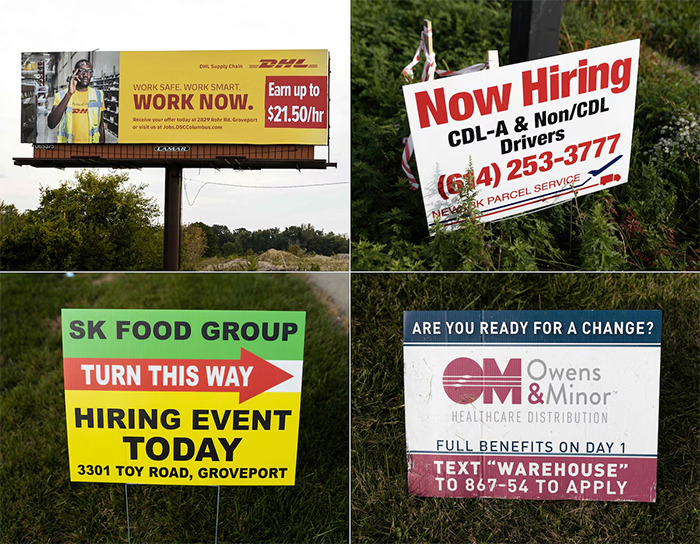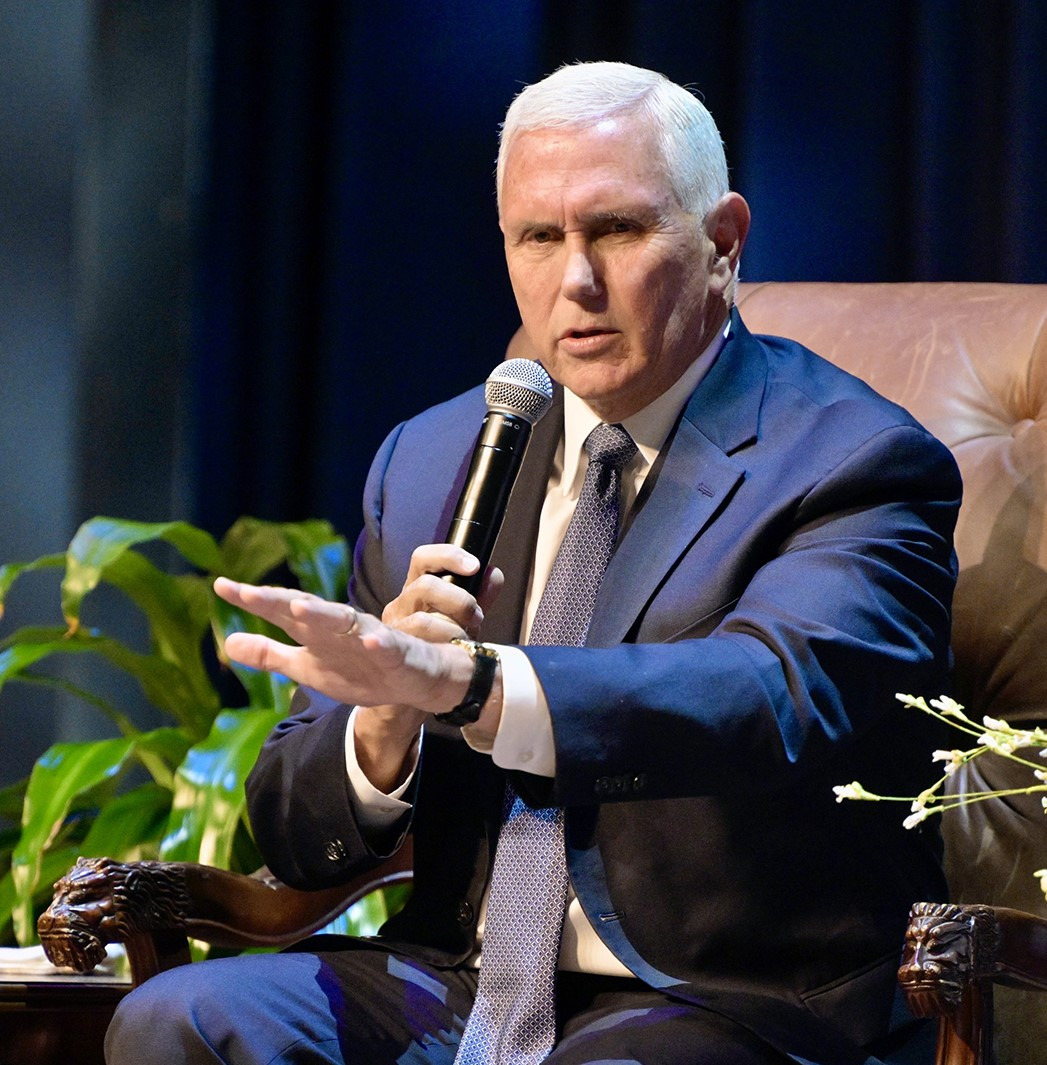Burnout has recently been defined as “a work-related state of exhaustion that occurs among employees, which is characterized by extreme tiredness, reduced ability to regulate cognitive and emotional processes, and mental distancing.”
Dr. Christina Maslach, a professor of psychology at the University of California, Berkeley, and one of the world’s foremost experts on occupational burnout, defines the three components of burnout as follows: the stress response of exhaustion; the negative response to the job of cynicism, which leads to suboptimal performance; and the negative response to self, of inefficacy.
Maslach suggests that one of the ways to mitigate burnout is to ask yourself: Is this really what I want to be doing? Does it align with my values?
People feel burned out when they aren’t aligning their work with their highest purpose. Dynamic Drive is infused with purpose at its core. This purpose, which is threaded through your daily efforts, infuses your work, your energy, and your output with a higher calling. It’s not about a singular achievement, as we know, but rather about an identity that you’re proud to own. So, when we hear people complain about burnout, it’s often compounded by a misalignment toward purpose. The lens they are looking through isn’t aligning with something bigger than the tasks at hand, causing it all to feel like something they have to do versus something they get to do. They drift through life, in and out of the stages of complacency, because they misunderstand how to go for more and don’t have clarity on the path to a healthier journey.
Burnout is, in part, a result of a lack of alignment with your greater purpose. The solution to mitigate burnout is realignment with your purpose and values. When you do things that fulfill you, it’s much more difficult to get burned out.
McKinsey recently did a study on burnout in companies post-Covid, and their research showed that participants who indicated they are “living their purpose” at work are much more likely to sustain or improve their levels of work effectiveness than those not aligned with their purpose. Those living with purpose had four times higher engagement and five times higher well-being.130
So, what can we do about burnout? Maslach makes a key distinction between coping and prevention when it comes to facing burnout. Coping is a Band-Aid approach, like feeling some relief by taking a vacation, spending a few hours engaging in an activity you enjoy, or taking time off from work. But it doesn’t get to the root of the problem. Instead, it presses pause.
When you go back, those stressors are still going to be there and it’s still going to be the problems that were leading to the burnout in the first place.
Dynamic Drive pushes us to focus on what matters most in a different way—and that re- energizes the soul. Often when people experience burnout they focus on the problems and all that is going wrong when really they should ask themselves:
Does it align with my values?
Burnout is about the expectations you set for yourself. Burnout starts way before you feel the exhaustion and disconnection. It starts in the beginning, with the expectations. External pressures including societal expectations, family demands, or workplace cultures that prioritize constant productivity, can be sources of stress.
When people feel compelled to meet these external expectations at the expense of their well-being, burnout becomes more likely. By aligning yourself with your core values—the ones that you hold for yourself, not others—you can work at combating those external expectations.
Now, purpose isn’t a single silver bullet to solve for burnout—but it is a leading contributing factor.






